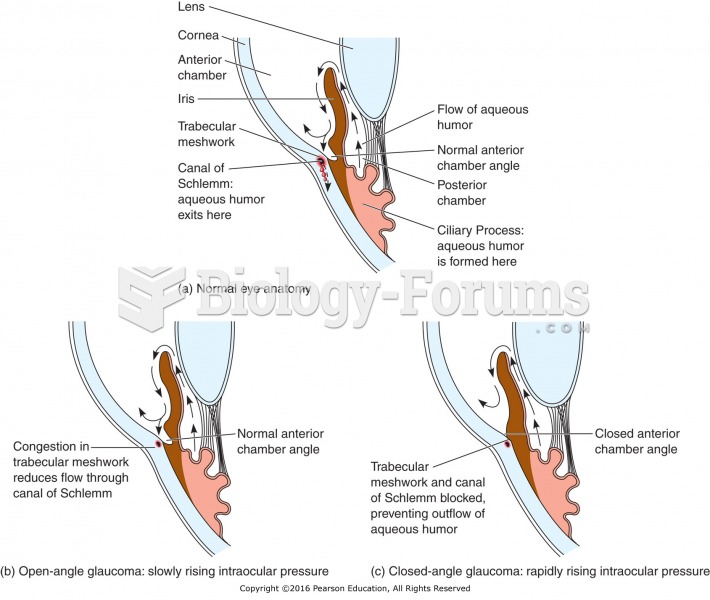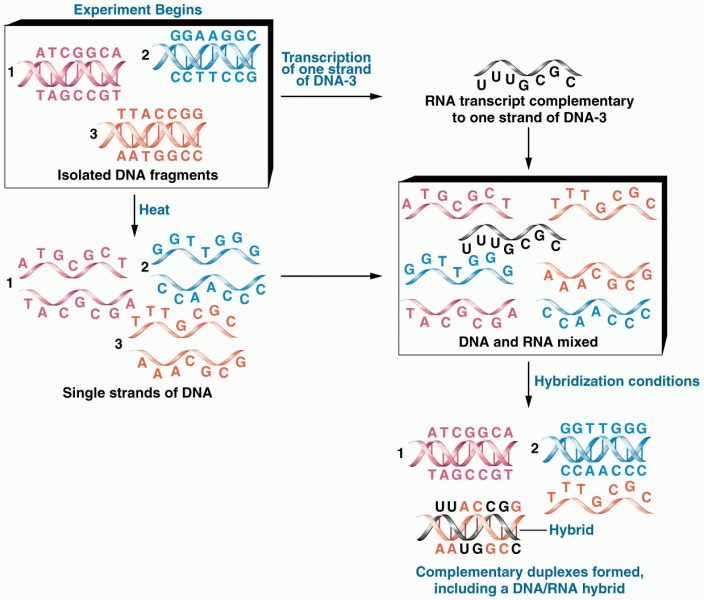Answer to Question 1
The five pitfalls associated with the disciplinary process are:
1. Acceptance of poor performance
2. Failure to get the message through
3. Performance standards are unrealistic or unfair
4. Negative affective reactions
5. Failure to consult human resources.
In order to avoid the five pitfalls, one should engage in each of the following, respectively:
1. Do not ignore the problem. Rather, address any problem as soon as possible.
2. Be very specific about the performance problem and the consequences of not addressing it effectively. You can also document the action plan and secure the employee's agreement regarding the plan.
3. Remind the employee that (a) his or her performance standards are similar to others holding the same position, and (b) performance standards have been developed over time with the participation of the employee in question. Further, one could share documentation from past appraisals with the employee.
4. Do not let emotional reactions derail you from your mission, which is to describe the nature of the problem, what needs to be done, and consequences of not doing so. If necessary, the manager should be prepared to offer compassion, provide the employee with space, or reschedule the meeting.
5. Consult with the Human Resources Department regarding any legal issues before engaging in the disciplinary process.
Answer to Question 2
Contingent pay (CP) plans may not work as intended for any of the following reasons (provide credit if at least three of the following responses are used):
Poor performance management system in place. The CP plan can be paired with a poorly designed and implemented performance management system including biased ratings and the measurement of performance dimensions that are not job related. This can lead some employees to challenge the plan from a legal standpoint.
Rewarding counterproductive behavior (folly of rewarding A while hoping for B). The system can reward results and behaviors that are not those that will help the organization succeed. Employees are likely to engage in these, often counterproductive behaviors, because this is what will get them the desired results.
Rewards are not considered significant. Rewards could be viewed as small and that they don't differentiate between outstanding and poor performers. In this context, rewards are not viewed as performance-based and they do not make an impact. The message is sent to employees that performance is not something worth being rewarded.
Managers are not accountable. In some cases, managers may not be held responsible for how they handle the performance and the performance evaluation of employees. They are likely to inflate ratings so that employees receive what the manager thinks are appropriate rewards. In this case, the reward becomes the driver for the performance evaluation instead of the performance evaluation being the driver for the rewards.
Extrinsic motivation at the expense of intrinsic motivation. An example would be placing almost exclusive emphasis on rewards. Employees may start to lose interest in their jobs, which in turn can decrease motivation.
Disproportionately large rewards are given to executives.







